Security Menu
The Lesson from Systemic Risk
The Global Financial Crisis revealed a fundamental truth: interconnection amplifies fragility. When one institution faltered, the impact spread far beyond its borders. Even economies with no direct exposure, like Italy, felt the shockwaves.
The same principle applies to technology. In a hyper-connected digital world, shared systems spread vulnerabilities just as fast as they spread data. When systems are overly connected — through shared databases, third-party plugins, or open libraries — one weakness can cascade across thousands of organisations. It creates significant 'supply chain risk' and 'wrong-way risk' (where negative outcomes are highly correlated).
We learned from history: resilience comes from isolation. From day one, we built our platform on that principle.
Isolation by Design
Isolation isn’t limitation — it’s protection.
It’s how we turn stability into a competitive advantage.
In our world, “integration” often means dependency. Every connection brings convenience — and risk. From our first line of code, we chose a different path: true isolation.
Every client operates within its own environment — its own database, its own encryption boundary, its own configuration. We write our own software from the ground up, without open-source dependencies or third-party plug-ins. The only external connections we allow are direct, secure links to financial institutions for payments and our trusted Key-Based 2-Factor Authentication provider.
This approach takes time. But it also means our clients run on systems that are clean, contained and immune to the ripple effects that compromise so many shared platforms.
Isolation isn’t just a technical choice — it is the foundation of trust.
In our world, “integration” often means dependency. Every connection brings convenience — and risk. From our first line of code, we chose a different path: true isolation.
Every client operates within its own environment — its own database, its own encryption boundary, its own configuration. We write our own software from the ground up, without open-source dependencies or third-party plug-ins. The only external connections we allow are direct, secure links to financial institutions for payments and our trusted Key-Based 2-Factor Authentication provider.
This approach takes time. But it also means our clients run on systems that are clean, contained and immune to the ripple effects that compromise so many shared platforms.
Isolation isn’t just a technical choice — it is the foundation of trust.
Security through Craftsmanship
Security isn’t a feature to be added later. It’s a habit formed early. We treat software development more like craftsmanship than assembly.
Each engagement begins with deep discovery — understanding how our clients work, what they value and where their real risks lie. We then shape the software to fit those realities, build a full test environment and only after validation do we go live.
That rhythm might sound slow — but in practice it saves time, cost and fosters trust. It’s not “click, buy, go-live.” It’s build, test, verify, trust.
True craftsmanship takes patience — and patience is a form of security.
Integration
at Human Speed
In an industry obsessed with speed, we’ve chosen something different: human speed — the pace where comprehension matches progress.
Our Integration Process
Our integration process is deliberate because real understanding cannot be rushed. We listen before we automate, model before we connect and validate before we launch.
Stable, Secure Systems
Growth should never outpace comprehension. Fast deployments may impress
on day one — but truly stable, secure systems endure on day one hundred
and day one thousand.
Integration at human speed isn’t a slogan.
It’s a philosophy of trust.
The Enduring Principle
Whether in finance, health or technology, fragility hides in shared dependencies. Our mission is to help organisations build digital systems that resist contagion — not through complexity, but through clarity, separation and care.
We focus on three guiding principles:
- Isolation strengthens resilience
- Craftsmanship builds trust
- Human speed ensures longevity
When the world sneezes, your system shouldn’t catch a cold.
That’s why we isolate, craft and integrate — with intention.
That’s why we isolate, craft and integrate — with intention.

